Nothing Fishy About Omega 3s: Five Fish-Free Ways to Get Yours
-

Name a disease and chances are inflammation is listed as a contributing factor. The inflammation explanation seems to come up often these days — especially as it relates to chronic diseases and conditions such as heart disease, autoimmune disease, diabetes and obesity.
One of the best ways to cool systemic disease-causing inflammation is to eat more fatty fish like mackerel, herring, tuna or salmon. Fatty fish is so rich in inflammation-thwarting omega-3 fatty acids that the American Heart Association recommends eating fish (particularly fatty fish) at least twice a week.
Unfortunately, less than one in five Americans heeds that recommendation, according to Harvard University researchers. As it stands, just one-third of Americans eat seafood once a week, while nearly half eat it only occasionally, if ever. There are a variety of reasons why people avoid fish, including a plain dislike of the taste and smell, access issues, and concerns about mercury or other pesticides found in fish.
However, just because you’re not a fish fan doesn’t mean you should skip your omega-3s. Here are five fish-free ways to get these important nutrients in your diet:
-
1. Go nuts
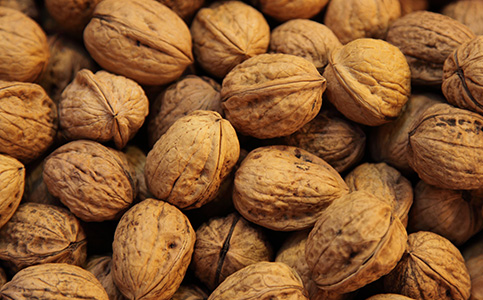
By flydime (Walnuts, Mercado La BoquerÃa / Spain, Barcelona) [CC BY-SA 2.0], via Wikimedia Commons
One-quarter cup of walnuts provides more than 100 percent of the daily recommended value of plant-based omega-3 fats, according to natural health care advocate Joseph M. Mercola. Sprinkle some walnuts atop your salad at lunch for a fish-free omega-3 boost.
-
2. Pass the Edamame
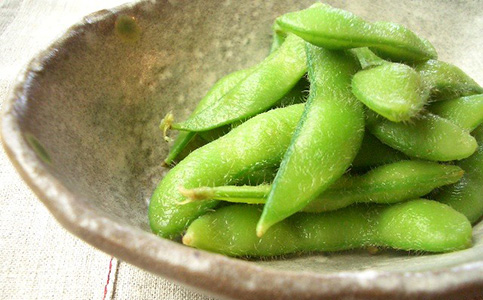
By Kanko* (Flickr) [CC BY 2.0], via Wikimedia Commons
One cup of edamame — which can be prepared in mere minutes with little fuss — has 560 milligrams (mg) of a specific type of omega-3 fat called alpha-linolenic acid (ALA). Edamame is also rich in protein and fiber, and can make for a healthy pre-dinner snack. Another plus: kids love edamame.
-
3. Supercharge Your Omelet
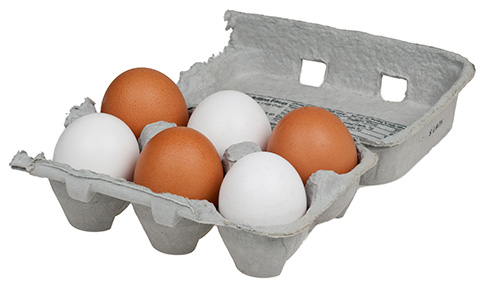
By Evan-Amos (Own work) [Public domain], via Wikimedia Commons
Omega-3 enriched eggs contain 60 to 150 mgs of these healthful fatty acids. Omega-3 eggs are produced by hens fed a diet containing omega-3 rich flaxseeds. If you don’t like fish, these eggs offer an alternative source of omega 3s and protein, but there’s a catch: They have just as much cholesterolas regular eggs and they cost more. Most of the omega 3s are found in the yolk, so an egg-white omelet may lower calories, fat, and cholesterol, but it does so at the expense of the heart healthy 3s.
-
4. Sprinkle Some Flaxseeds
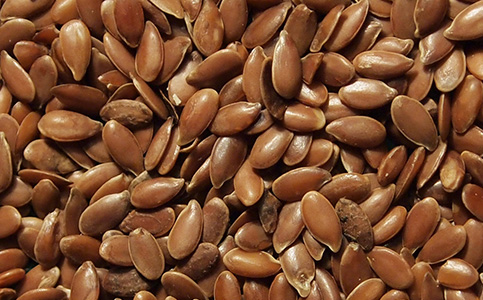
Tiia Monto [CC BY-SA 3.0], via Wikimedia Commons
Flaxseed is one of the best plant sources of omega 3s out there. Flaxseed oil has a whopping 7,980 mg omega 3s per tablespoon serving and one tablespoon of ground flaxseed contains 2 grams of polyunsaturated fatty acids, including omega 3s.
Try sprinkling flaxseeds on cereal, oatmeal, smoothies and salads, or baking ground flaxseed into cookies, muffins and breads. Flaxseed oil can also be used to make a delicious and healthy DIY salad dressing. Here’s a goodie from Weight Watchers.
-
5. Jump on the Chia Seed Bandwagon
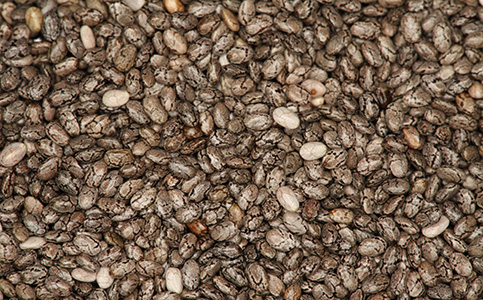
By Daniel Schwen (Own work) [CC BY 3.0], via Wikimedia Commons
The same seeds that make those As-Seen-On-TV Chia Pets “grow and grow and grow” are an excellent source of omega 3 fatty acids. They also contain fiber, protein and minerals, including iron, calcium, magnesium and zinc. Sprinkle some ground or whole chia seeds on cereal, rice, yogurt or vegetables to see if you like the taste; and if you do, grab a chia-seed energy bar next time you are feeling sluggish.








